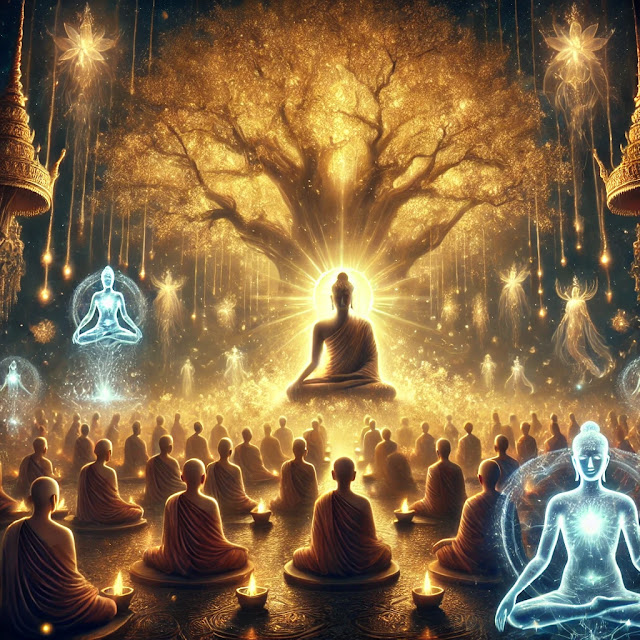Important Announcement: Security Breach on Our Blog Website
Dear Readers, We regret to inform you that our blog website has been attacked and hacked by an unknown entity. This unfortunate incident has affected the security of our platform, and we are actively investigating the breach. Our team is working diligently to restore the website, strengthen security measures, and ensure this does not happen again. If you have visited our website recently, we recommend: ✅ Avoid clicking on any suspicious links. ✅ Clear your browser cache and cookies. ✅ Change any associated passwords as a precaution. We sincerely apologize for any inconvenience this may have caused and appreciate your patience as we work to resolve this issue. Your support means the world to us, and we will provide further updates as soon as possible. Due to digital security concerns, I will no longer be posting articles on this blog. However, I remain committed to sharing valuable insights and research through my upcoming book series. I encourage you to explore Custodians of the ...











